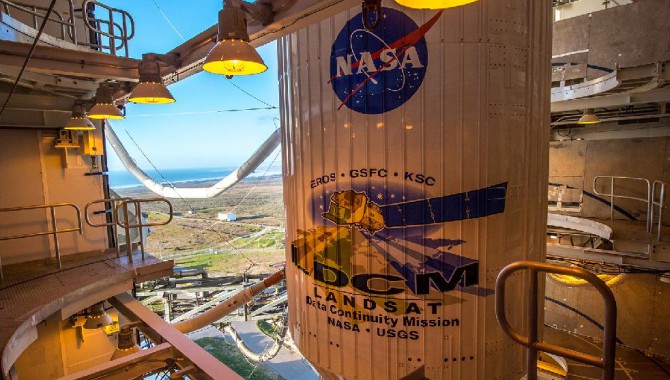
NASA’s Landsat Data Continuity Mission’s two instruments come from a line of cutting-edge technologies.

NASA’s Landsat Data Continuity Mission’s two instruments come from a line of cutting-edge technologies.

ASK the Academy looks back on its PM Challenge coverage from the past few years.

Jean Engle and Brent Fontenot discuss knowledge management at Johnson Space Center.
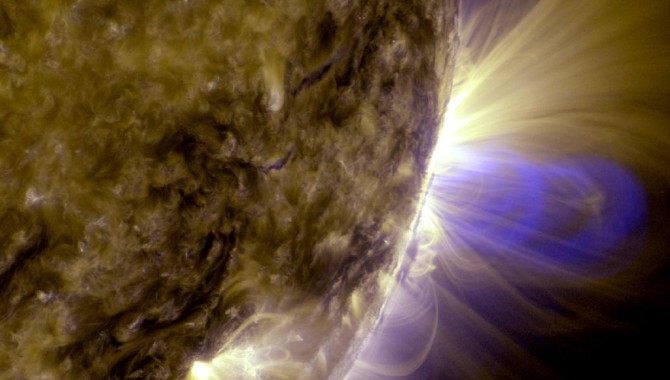
Doesn’t a new policy just mean another layer of bureaucracy?
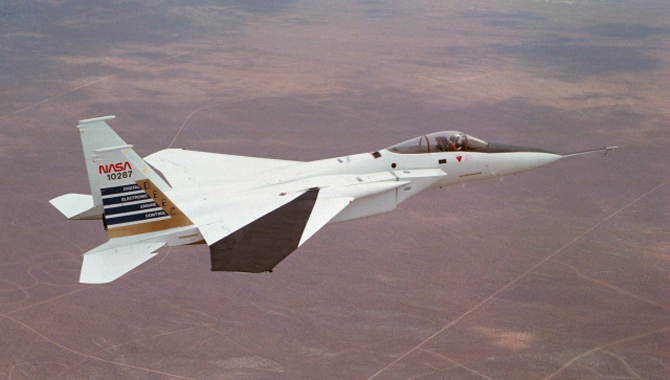
Ten years ago this month, NASA concluded the Digital Electronic Engine Control research program, which made significant contributions to aircraft engine performance.

As LDCM settles into orbit, a recent NASA publication celebrates images from Earth-observing satellites.
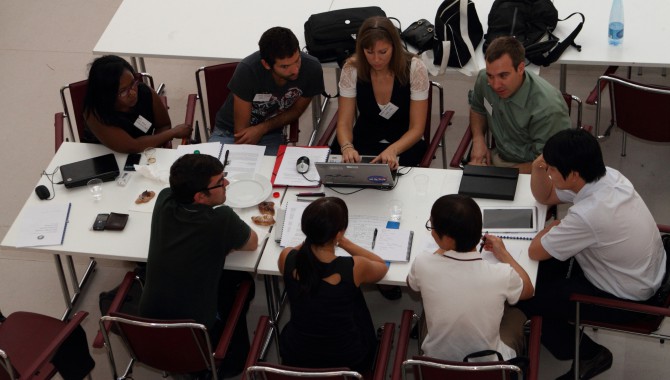
Findings from the inaugural young professionals workshop offer valuable insight for organizations on addressing the needs of the next-generation workforce.
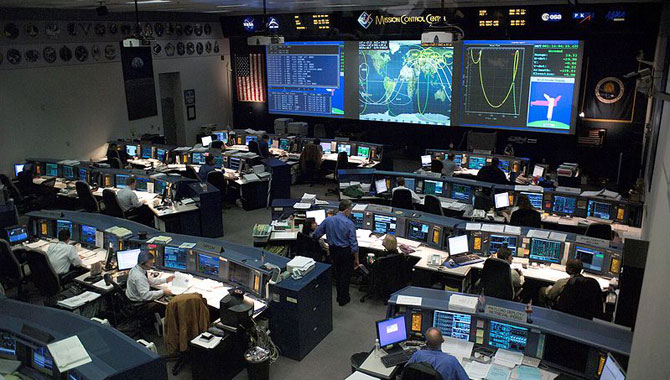
Ask the Academy Vol. 6, Issue 2 Jean Engle and Brent Fontenot discuss knowledge management at Johnson Space Center.

By Ed Hoffman Eleven years ago, the Government Accountability Office (GAO) issued a report about NASA’s effectiveness—or lack of effectiveness—as a knowledge organization.